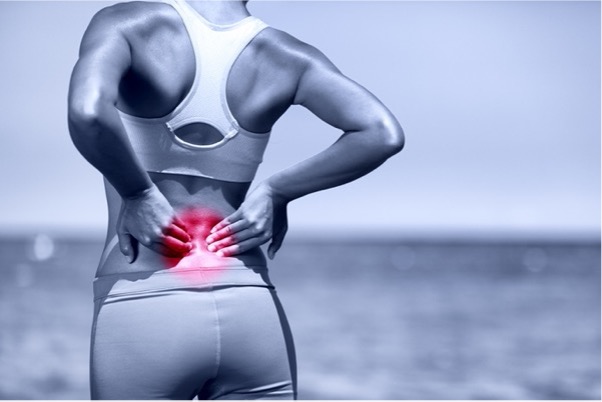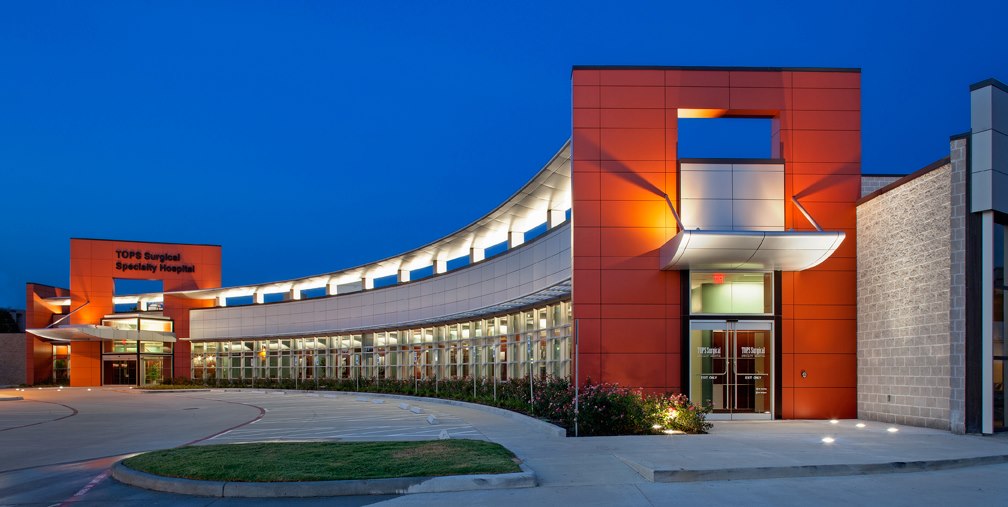
Quite a few studies show athletes may have a much higher prevalence of lower back pain than most of the population, which makes sense, because active lifestyles come with risk. However, athletes can also be under-treated despite the emphasis on health and wellness in athlete communities.
Let’s look at why athletes may be experiencing lower back pain.
Back pain isn’t rare for the average adult, but athletes can be at a higher risk level for severe back pain than the general population. The most apparent reason for this is that their lifestyle is a lot more physically demanding—even if they’re amateur players.
An athlete’s spine bears a lot of impact and stress during their sport, whether it’s basketball, gymnastics, football, or even golf. Not only are athletes’ bodies expected to take this kind of pressure, athletes frequently train, which adds to their exertion.
However, athletic culture can make athletes feel like even intense pain should be tolerated and dismissed. In an effort to stay on top of their game, athletes may ignore mild injuries that need medical attention. This builds an attitude toward the pain that encourages athletes to stay silent and results in a spine that isn’t in ideal condition.

Ligament or muscle strains can cause minor lower back pain, which will usually heal on its own, even if the pain is more severe.
However, if you experience chronic lower back pain that isn’t improving, see your doctor or get it checked at our back and spine center in Houston. You could be suffering from spondylolysis, which is a stress fracture caused by the lower back stretching too much.
Spondylolysis can even develop into spondylolisthesis, which can occur when a stress fracture and the weakening of the spine cause one vertebra to slip out from where it’s supposed to be. That’s when your chronic pain can develop into radiating pain down your legs and eventually lead to numbness.
A herniated disc can also occur, causing moderate chronic pain that worsens over time. If too hard an impact damages your spinal disc’s outer layer, it may degrade and fall out of place. This will irritate your spinal nerves and cause pain or numbness.
Your body will intuitively be able to tell you when you should get your back checked out. If you experience back pain that won’t let up, you should lay off exertion and activity for a few days.
If your pain starts to go away, and it isn’t replaced by numbness—you’re good to go. Pain that gets worse, accompanied by inflammation or numbness, is something that a spine specialist should diagnose and treat as soon as possible.
If you’re experiencing back pain that simply won’t subside, TOPS Surgical Specialty Hospital can help athletes of all levels. We focus on each patient’s treatment and recovery to ensure that their experience at our back and spine facility in Houston is excellent and compassionate. If you suffer from back pain, you can find an orthopedic and spine specialist who can help on our website. Simply click on their profile and make your appointment directly with their office.

Phone: (281) 539-2900
Fax: (281) 715-4525
7 Day a Week 24 Hours a Day
Driving Directions